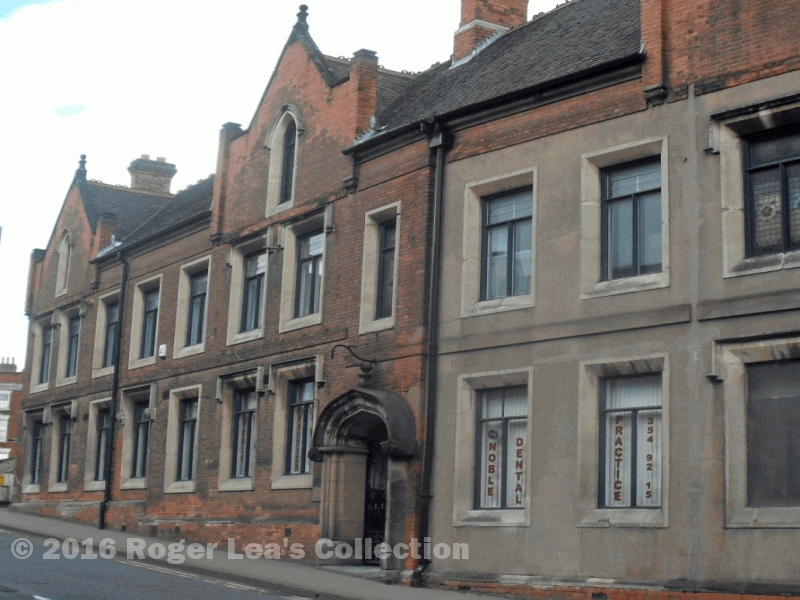There were about forty provincial newspapers in England in 1800, and a good percentage of their content consisted of national news and snippets from around the country obtained by the editors through a network - journalists would send items by post to the national press and receive copy in return. One such snippet was deemed worthy of publication in the Gloucester Journal of December 23rd 1799. It begins:
“On Monday the Master of the Workhouse at Sutton Coldfield, near Birmingham, went to one of the Magistrates of that town, to inform him, that a dead body lay upon the Coldfield, and to know what he was to do”
The Coldfield was a vast area of heathland, crossed by a few tracks; at a guess, the corpse was near what is now Jockey Road. Sutton had its own magistrates, the Warden for that year (Humphrey Arden) and two capital burgesses, probably Thomas Holbeche and Shirley Steele Perkins.
“The Magistrate directed him to take a cart and fetch the body to the workhouse, but not to strip it until the Coroner had sat upon it. These directions he obeyed, and the body was laid by the side of a dead one already in the house.”
The Coroner would have to decide whether it was a suspicious death - the Magistrate presumably decided that the body was not a tramp dying of natural causes. Deaths in the workhouse, with a population of ageing paupers were not uncommon.
“A little time afterwards curiosity led some of the poor children to go to look at the dead men, when they discovered the unstripped one to breathe, and a surgeon being sent for, animation was in a few hours perfectly restored, and the next day the man, who travelled the country, proceeded on his journey”.
Sutton had a population of 2,800 at the time, but how many of these were workhouse children is not known, probably no more than twenty; the Master had no doubt told them to keep away from the bodies. The traveller must have been able account for his travelling lifestyle to the satisfaction of the authorities, otherwise he would have been charged with vagrancy.
“He was subject to fits; but it was a very fortunate circumstance for him that the Magistrate was applied to, as otherwise the body would have been stripped, and placed, according to custom, in the belfry, and there left perhaps unnoticed for some days”.
Sutton Workhouse was built in 1739, and still stands (much altered) in Mill Street. Little is known about the original building, but this news item tells us that, in common with other workhouses, it had a belfry and this must have been used as a mortuary. (With thanks to Janet Jordan for finding the news item.)
